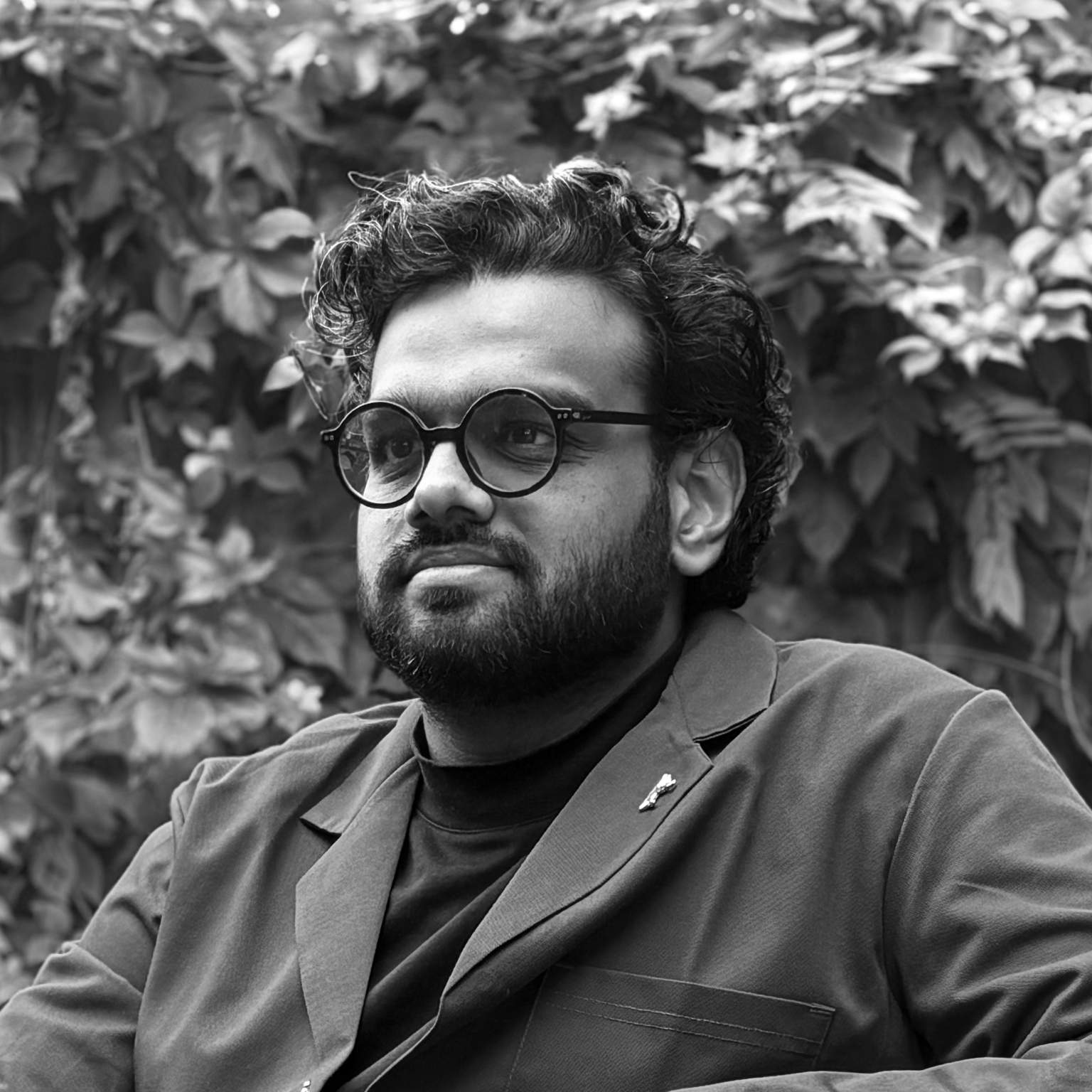What do you think of, when you think of a better future?
There is an implicit subjectivity in the word ‘better’, and the follow-up questions that come to mind are ‘better for whom?’ and ‘better how?’.
There are a few other places that claim to define and direct “the future” as much as the big-tech companies in Silicon Valley do. When looking at the recent flagship technology products from them, the stories their executives tell about these products, and the narratives they build, I can’t help but think that the future seems ‘narrower’ than it was before.
Sam Altman of OpenAI says that humanity is close to building a ‘digital superintelligence’ in his blog[1], and Google DeepMind’s Demis Hassabis claims that it’ll be ’10 times bigger than the industrial revolution and maybe 10 times faster.’[2] The companies set to profit most from the narratives of inevitability around these technologies are the companies that create these narratives. Accepting the inevitability of these tools is also accepting the inevitability of:
- Sheer climate irresponsibility (a University of Cambridge study notes that “Banking on AI risks derailing net zero goals”)[3]
- Indistinguishable misinformation (The New York Times has an article titled “OpenAI’s Sora Makes Disinformation Extremely Easy and Extremely Real”)[4]
- Absurd technology mediated digital interactions. (“From virtual ‘wives’ to mental health support, more than 100m people are using personified chatbots” from the Guardian.)[5]
These products really do make us ‘consumers’ and little else, as they are delivered to us in a ‘top-down’ manner.
So, who is this future for? And how is it better?
The future, as any good speculative designer or foresight practitioner will tell you, is plural. It’s futures. Many possible alternatives to our status quo, many potential directions to go towards; because there are so many imperfect aspects even about the best of times and places we live in. And it isn’t deterministic or inevitable; it is in our very hands to define it.
We have it in our gift as designers to imagine better alternatives: we can be empathetic to the people we are designing for through anthropological research, all in service of bold concept creation, to think of not just the application but also the implication of a product or service we’re putting out the world. Thinking not just the ships we’re creating but also the shipwrecks we might want to avoid and the shores we’d end up discovering.
Also, we can demonstrate how to make our ideas real and big. We make digital and physical prototypes, video demonstrations, detailed diagrams and visualisations, iterate upon ideas, test out hypotheses, evaluate our ideas with audiences, and co-create through workshops.
This selection of projects from 4TU do exactly this. They show glimpses into futures that aren’t shallow, far-flung promises, or tech-hype driven by short-term profits. For these designers, preferable or better futures are those that make our world a more equitable world to live in. Their focus on being equitable isn’t seen only through what they’ve made, but also how they’ve made it.
For example, ‘Voicing the Underrepresented Voices of Bijlmer’s Energy Transition’, and ‘A Place Worth Living In’ focus on empathetic co-creation with those who would be using these systems. They give people around them a sense of ownership of the systems that surround them.
‘A Growing Community Space’, on another hand, meaningfully challenges today’s value structures to bring focus back to people instead of profit for profit’s sake.
‘Complexity Companion’, and ‘Embodied Ecologies’ tackle complex global problems head on, by using design as means of information visualisation, and ultimately knowledge creation.
Even when working directly with technology, you can see a sense of prudence, as seen in ‘Ævox: For the Future Voices Unheard’, and ‘The behavioural mirror.’
These projects make us ‘community members’ and ‘citizens’; and drive action in a ‘bottom-up’ manner.

__
[1] https://blog.samaltman.com/the-gentle-singularity
[4] https://www.nytimes.com/2025/10/03/technology/sora-openai-video-disinformation.html
About the Author
Viraj Joshi is a futures designer. He works as a Service and Interaction Designer, and Design Futures Lead at Fjord (Now Accenture Song) in their London Studio; a visiting tutor for Speculative Design and Human-machine interactions at the Royal College of Art and Imperial College, London; and the author of ‘Eliza - The Ghost in Every Machine’, a speculative fiction and design graphic novel series.
He has received several international accolades including work shown at the Science Museum London, United Nations DPPA, London Design Festival, Milan Design Week, and various comic conventions and stores around the world.
